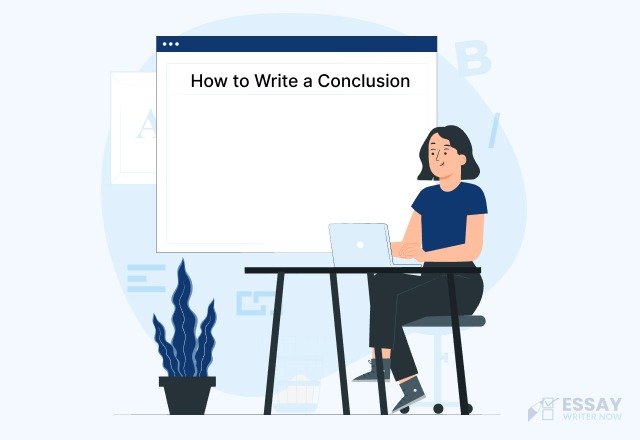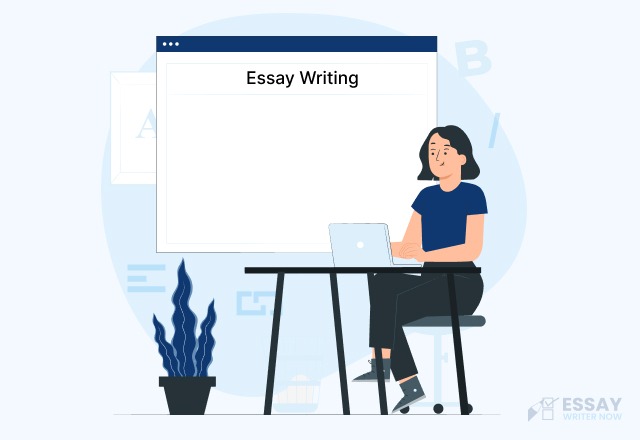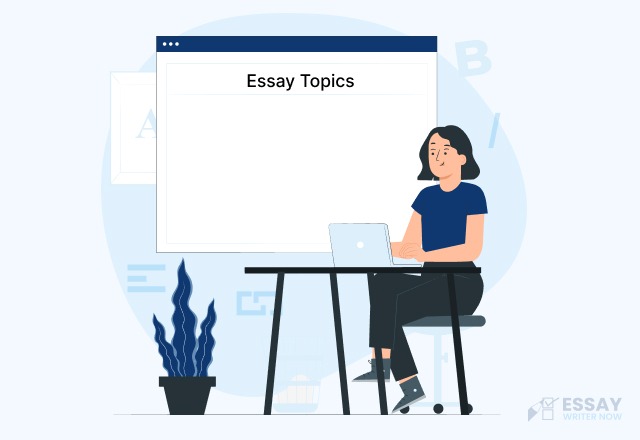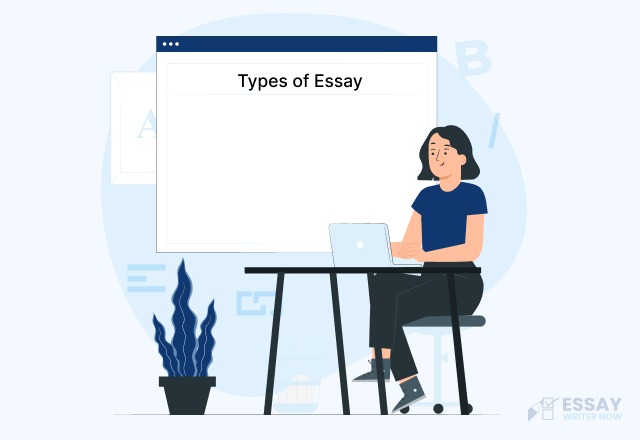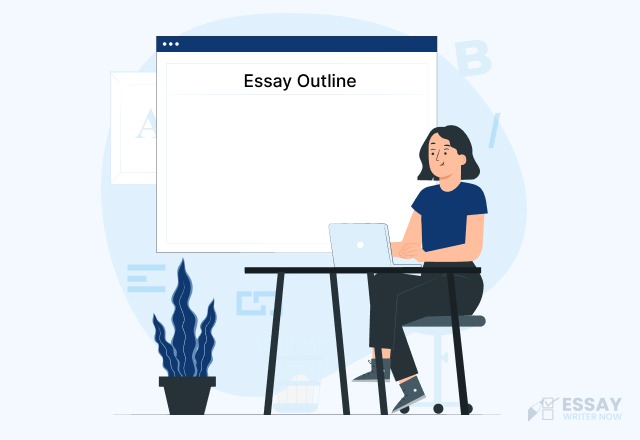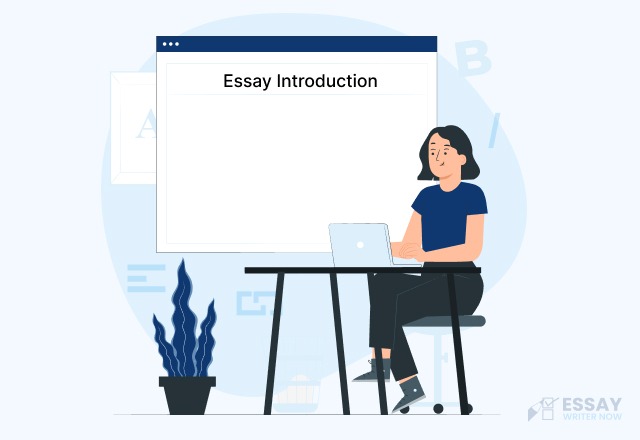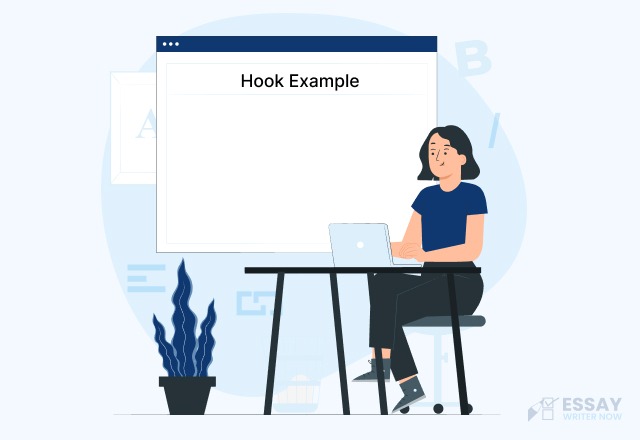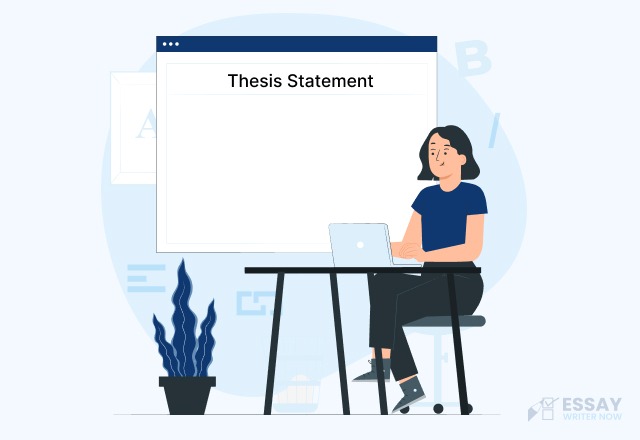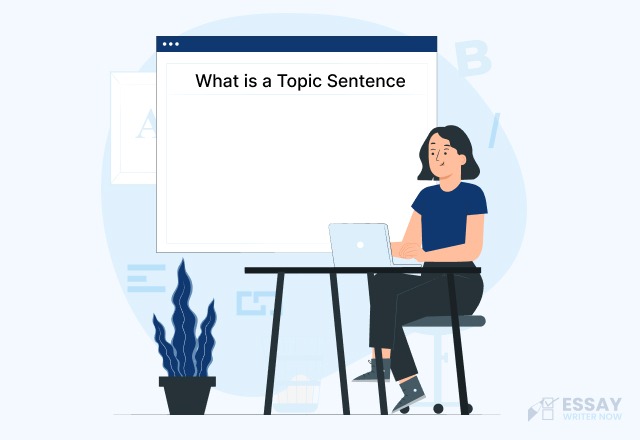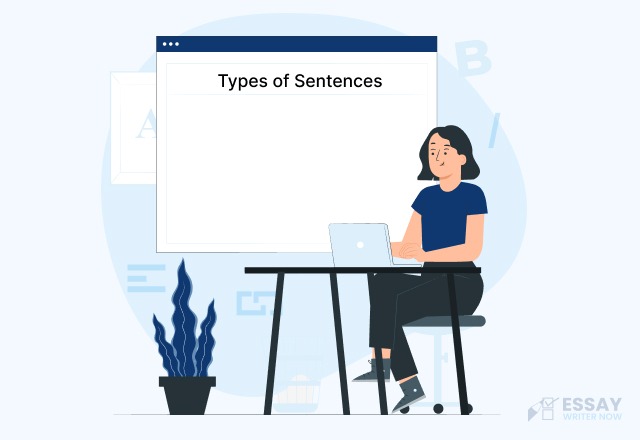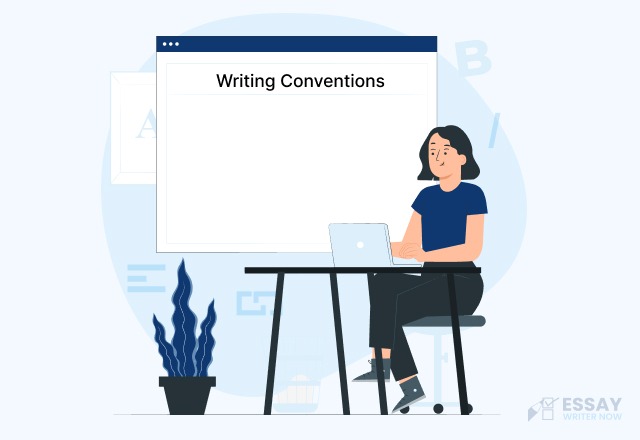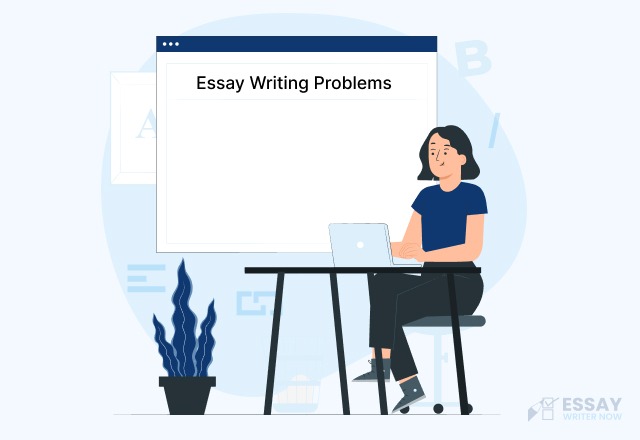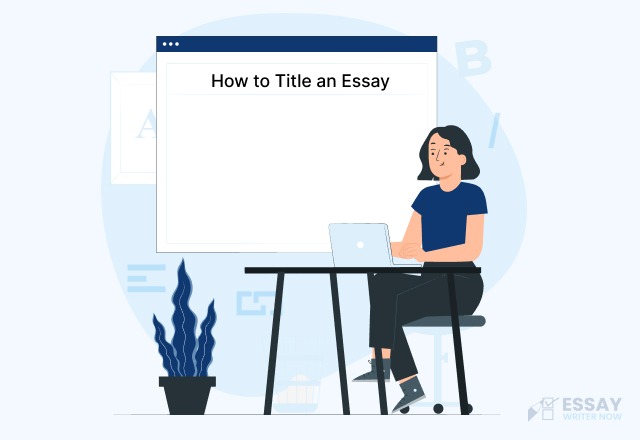What is a Conclusion?
The conclusion is the most essential part of any type of paper, essay, or article that summarizes and restates your thesis. It should summarize all key supporting ideas you discussed throughout while offering an opinion on what we can learn from them as well.
The conclusion to any story should be a summarization, a connection between all points made in the beginning and end. It may also contain insight into what readers can take away from it for themselves - either by way of moral or revelation about life itself!
Purpose of Conclusion
The basic purpose of a conclusion paragraph is to ensure that your writing has been wrapped up and reinforced with the importance of your idea presented in the body. This element can be one of the key elements when it comes to academic papers (for example, argumentative essays or personal).
A conclusion is like a bow on top of your essay, tying together all of the thoughts and ideas you have said so far. It is also essential to demonstrate the importance of the topic in the concluding paragraph.
How to Write a Conclusion Outline?
To craft a good essay, introduction and body paragraphs hold great importance. But you need to pay attention to the conclusion paragraph too. You can do something similar to what you did in the introduction, but put it into your conclusion paragraph.
Here is an outline for how to do that:
1. Topic Sentence
The conclusion starter or the topic sentence is the most crucial part of an essay. This is what you do when you are writing an introduction statement. You summarize the implications of your argument, integrate it with what you said before, and then submit it to your argument.
2. Supporting Sentence
This section is about summarizing the main points discussed in your essay. In addition to that, it summarizes how they fit together and gives a brief outline of where you would take these ideas.
3. Closing Sentence
In the closing sentence, summarize what has been discussed in this section. Here your reader should feel the sense of closure of an essay. You can include an explanation of how your ideas fit together with those presented earlier to make a cohesive argument for why they are valid and worth considering by others.
How to Write a Conclusion Paragraph?
Following are the steps to write a conclusion paragraph. Whether you are writing a research paper, lab report, thesis, or any essay.
Here are the steps:
Cover your Topic Sentence
The conclusion should always start with a topic sentence. It is fine to simply repeat the introductory phrases. However, it is good to bring the reader towards the main argument by repeating what you said at the beginning.
Give Reference from Introductory Paragraph
When you write your conclusion, remember to keep the introduction on hand. The conclusion should help make the points about your thesis statement in your introduction. To do this, including some of the same words in the conclusion when writing.
Encapsulate the Main Idea
In your conclusion, you should restate the most important point. You can use a summary of all the evidence and research from your paper. Stay away from introducing new ideas or information that will confuse people while reading your paper.
Incorporate Readers Emotion
A great ending will use words that make people feel something, like happy or sad. Good endings will make people remember your message and think about it for a long time.
End with a Closing Sentence
The final paragraph is just like a final impression. It should summarize the main points of your work and avoid taking things into broader implications. The last sentence should be clear and concise, and it should provide closure to the reader.
How to Write a Conclusion - Examples
Here are some examples of effective conclusion paragraphs for you so one can get an idea of how to write these.
Conclusion Paragraph Example 1
Recycling is a vital process that benefits the environment. It conserves resources, lowers our need to collect raw materials, and keeps usable materials out of landfills. Recycling reduces our carbon footprint by extending the longevity of materials, giving items additional uses before they become waste. With a reduction in the need for additional resources, recycling can lower the number of pollutants and other toxic chemicals released into the air via processing and greenhouse gases. The less waste that gets incinerated, buried in the ground, or thrown in the ocean, the healthier and more stable our environment will be. Recycling is only one part of a much-needed effort to combat climate change, but it is an important part that can help make a big difference. |
Conclusion Paragraph Example 2
Although viewers always expected Ross and Rachel to reunite at the end of the series, the fact remains that Ross didn't deserve Rachel as a partner. As we saw at the beginning of the series, Ross was unfaithful to Rachel when they had been dating for over a year, and he didn't want to admit his wrongdoing when they tried to get back together after their initial breakup. Additionally, Ross was an extremely jealous and demanding partner, yelling at Rachel in front of all of their friends on several occasions. Finally, and most egregiously, Ross had a terrible reaction when Rachel told Ross she was pregnant after Monica and Chandler's wedding, making him an undesirable romantic partner for her or any other character on the show for that matter. This conclusion is especially apparent after viewing the show more than ten years after the final episode aired and having a collectively better understanding of women's rights and domestic abuse in relationships. |
Tips for a Perfect Ending Conclusion
For writing a good conclusion, think about these tips. They will help you check your conclusion and other things in your essay if they meet the recommendations or not.
- Summarizing a paper is different from rephrasing things. You can't repeat what you said. If you do, you will not make a good conclusion. Use new and interesting words to make your conclusion better!Narrow down the purpose of your essay in concluding sentences.
- It should be short and easy to understand. If you are writing a long essay, then it can be longer, but not too long.
- Summarize what you talked about in the body paragraphs. Do not add new ideas.
- You need to use transitional words or phrases when you are writing essays. You should use them at the beginning of your conclusion.
We hope that by now, you're feeling more confident in your ability to craft a great conclusion. If you still are afraid of an ineffective conclusion and looking to find the answers to the following:
- How to write a conclusion for an argumentative essay?
- How to write a conclusion for a persuasive essay?
- How to write a conclusion for a compare and contrast essay?
- How to write a conclusion for a lab report?
- How to write a conclusion for a project?
- How to write a conclusion for an analytical essay?
- How to write a conclusion of an essay?
- How to write a conclusion for a research paper?
- How to write a conclusion for a report?
- How to write a conclusion for a thesis?
In conclusion, writing an effective conclusion is an essential skill that can significantly impact the overall quality of your essay. By following our step-by-step guide, you can master the art of crafting a conclusion that not only summarizes your main points but also reinforces your central argument, leaving a lasting impression on your reader.
If you need help in writing a perfect conclusion for your essay, try using AI essay writing tools to improve your writing skills.

